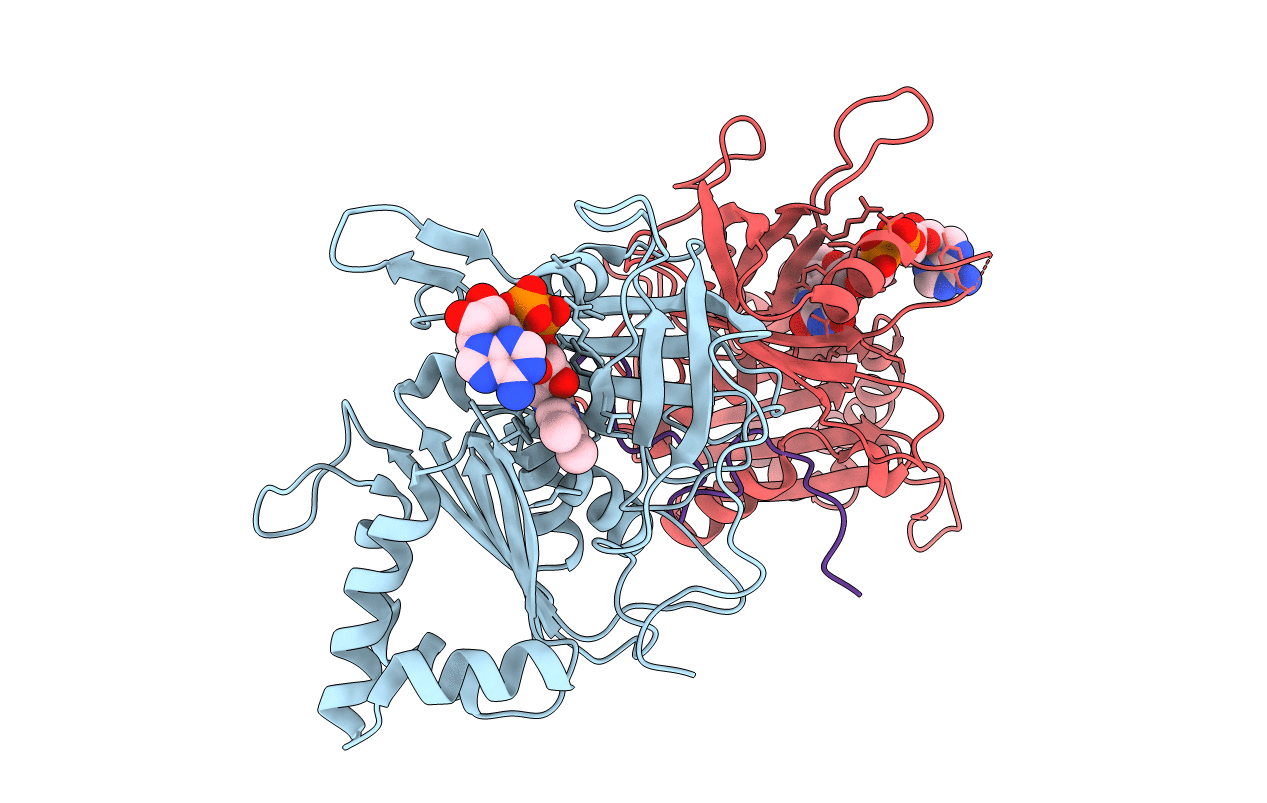
Deposition Date
2010-04-08
Release Date
2010-10-27
Last Version Date
2023-09-06
Method Details:
Experimental Method:
Resolution:
1.70 Å
R-Value Free:
0.20
R-Value Work:
0.18
R-Value Observed:
0.18
Space Group:
P 1


